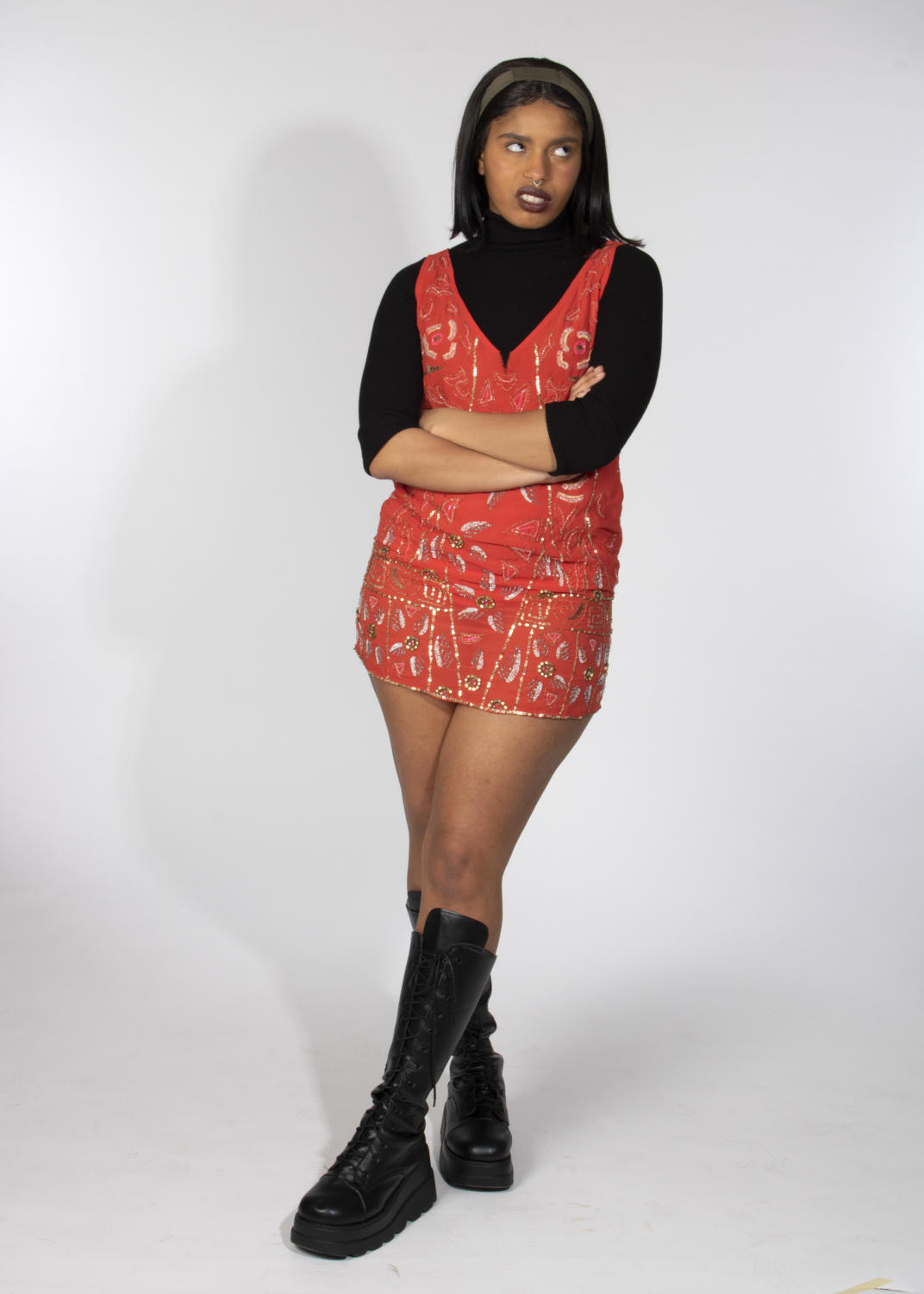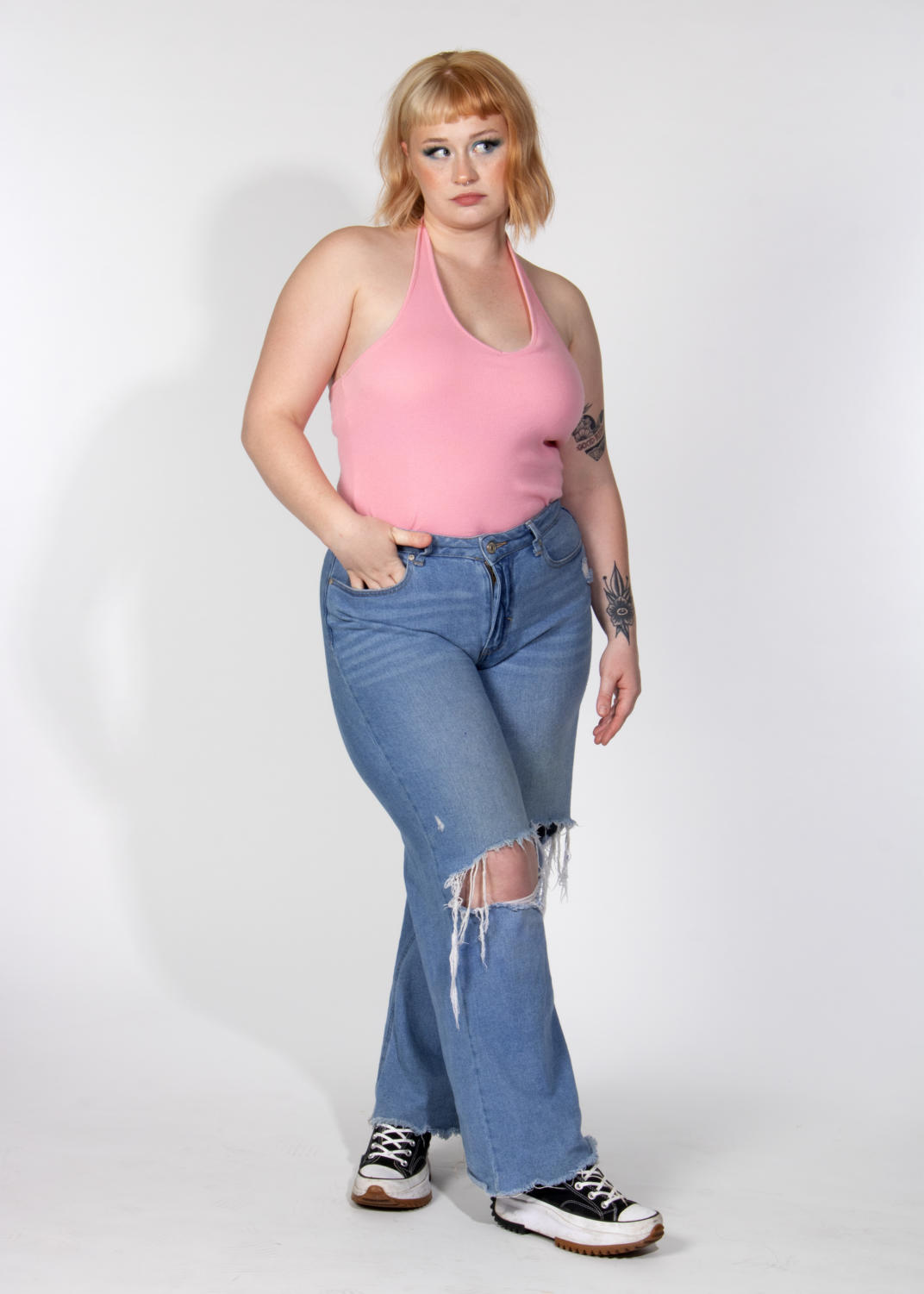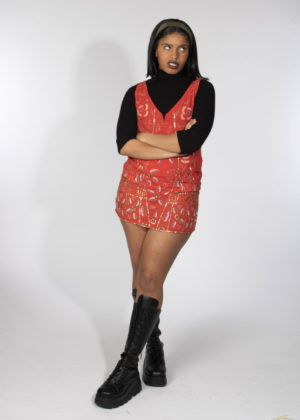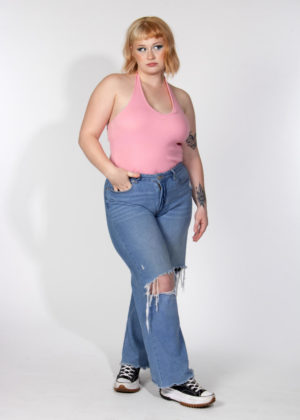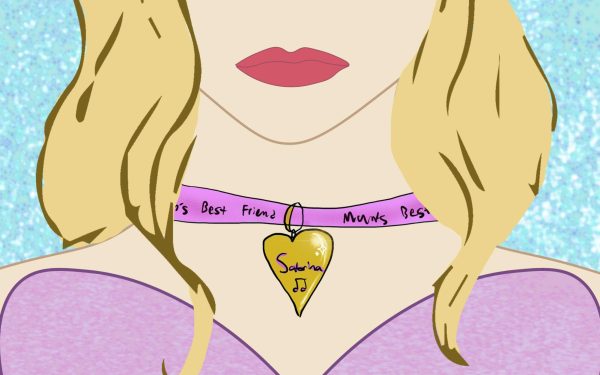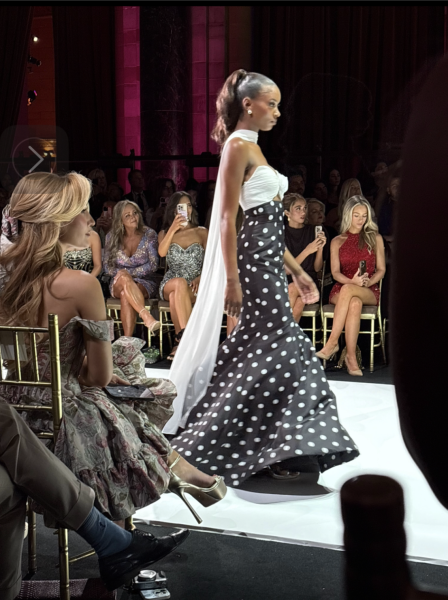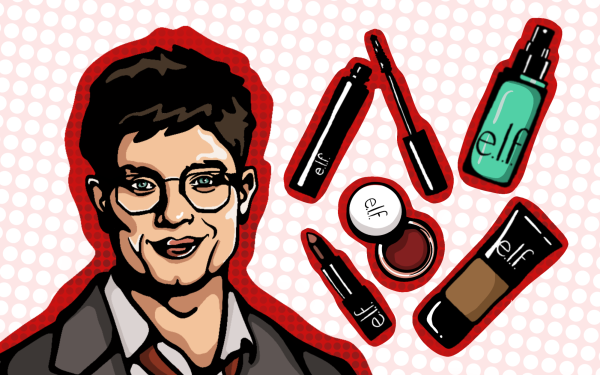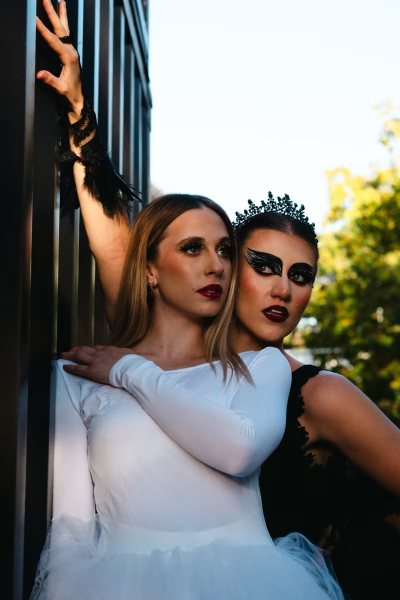the manic pixie nightmare
A Manic Pixie Dream Girl is a comic trope that includes a prescribed set of characteristics. This girl’s hair is dyed in vibrant colors. She’s impulsive and exhibits other cutesy-fied signs of mental illness. Most importantly, she is seen as a desirable sexual conquest for male protagonists. She is a character whose purpose is solely to provide a pathway to male self-improvement. The Manic Pixie trope has bled into the real world too, with men on social media and dating apps stating that the stereotype is just their type. And in the same way that the Dream Girl is a side character to the male-dominated storylines of our media, the line between fiction and reality becomes blurred as men are constructing fantasies of their very own “womanly accessory” to push their progression forward.
“I think it’s good to have representations of mentally ill women in the media, but I hate when their illness is presented as something a man can fix,” says Jane Berick, a third-year student at Davidson College. “I think tropes like the Manic Pixie Dream Girl present such a narrow image of mental illness that anything less cute is seen as weird or gross—the sad reality would not get as good of ratings.”
The real-life consequences of depicting women with mental illnesses as fantasies and a means for commodification can be significant. The archetype is not a fully developed concept and depiction of a woman. It is only a fragmented construction of attributes that have been gathered by a removed male viewing a model of a woman shaped by male desire rather than a full being that bears all the complexities of womanhood. This narrow-minded portrayal of women in the media is perfectly summed up by Clementine Kruczynski, a character who has borderline personality disorder portrayed by Kate Winslet in the movie “Eternal Sunshine of the Spotless Mind.” “Too many guys think I’m a concept, or I complete them, or I’m gonna make them alive,” she says in the movie. “But I’m just a fucked-up girl who’s lookin’ for my own peace of mind; don’t assign me yours.”
Lexi Harrison, a fourth-year student at Worcester Polytechnic Institute says the concept of the Manic Pixie Dream Girl and other minimizing portrayals can be broadly damaging. “It forces women and younger girls who struggle with mental illness into a box, and at the same time, glorifies mental health problems while enforcing the stigma around them,” she says.
Widely disseminating depictions of female characters who lack real depth and personhood while tokenizing their illnesses as “quirky” or even “hot” reinforces a cliché that is reductive and non-representative of how mental illnesses manifest in real life. The standard is now that a woman’s mental illness must look sexy and appealing to the male gaze so that she is desirable enough to be loved and cared for by men. One’s illness must be perfectly curated to a male fantasy of a sort of mania that is attractive and invigorating while not being messy and damaging. In other words, the Manic Pixie Dream Girl must be manic in a way that does not exist.
Berick, who like millions of women, deals with mental health issues, says the widespread nature of these tropes can be upsetting to people who have mental illness. “I don’t think I have ever presented mental illness in an aesthetically pleasing way,” she says. “I don’t look pretty when I cry or have any cute habits. I can be frustrating to be around or completely cut myself off and shut down. I don’t think any man would see me engaging in these behaviors and see me as a potential project or love interest.”
“It makes me feel like everything I do has to be presented in a way that is appealing to men, that I can’t have any sort of personal experience that is unattractive or unfeminine because everything is visible now with social media,” Berick continues. “Even my darkest moments have to be palatable or relatable.”
The Manic Pixie Dream Girl is a symptom of the commodification of all women’s attributes. Womanhood is simplified and made market-ready through the lens of their value to men.
Personally, I have found I am reduced to certain attributes that may make me seem more desirable to male viewing even if they are qualities I don’t particularly take pride in. The moments in which I was at my lowest and struggling with my own mental health issues were in some ways romanticized by my male counterparts. Sharing intimate details about my mental health with men is always something I am wary of because I fear that my whole existence may be distilled into a fantasy of a “fucked up girl.” But I refuse to be a project or to be diminished to my most painful moments in order to fulfill a twisted fantasy that is shaped by a fictional character trope.
Support Student Media
Hi, I’m Grace Avery, the Editor In Chief of A Magazine. My staff and I are committed to bringing you the most important and entertaining news from the realms of fashion, beauty and culture. We are full-time students and hard-working journalists. While we get support from the student media fee and earned revenue such as advertising, both of those continue to decline. Your generous gift of any amount will help enhance our student experience as we grow into working professionals. Please go here to donate to A Magazine.



